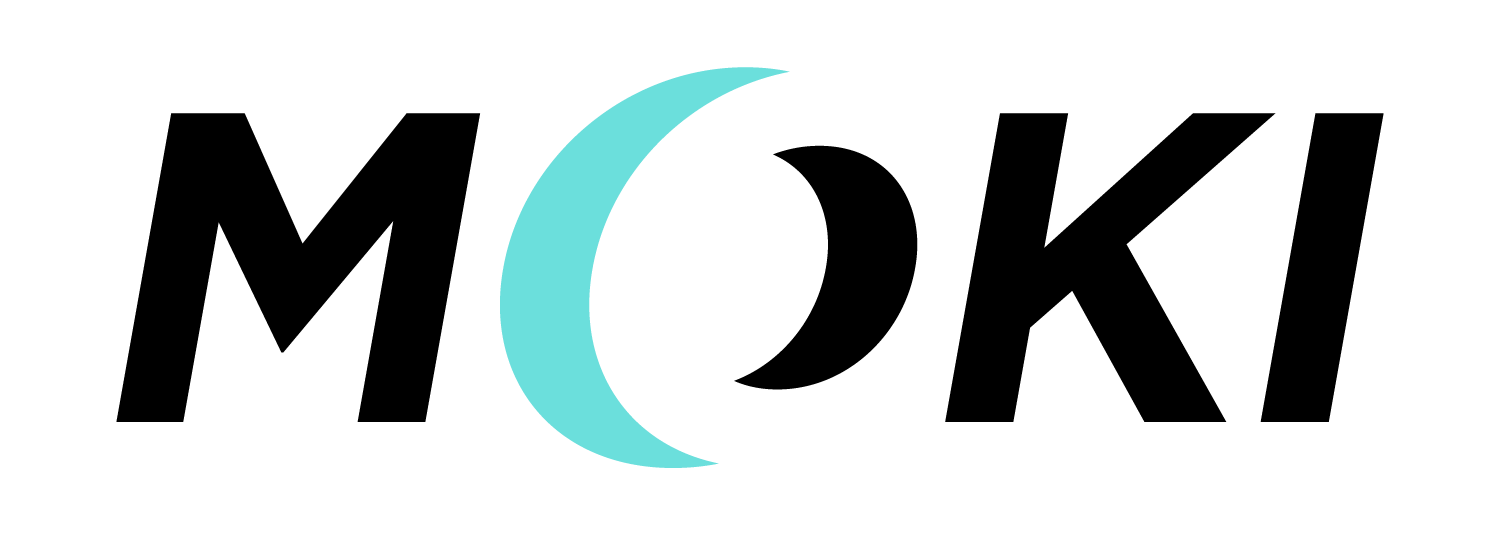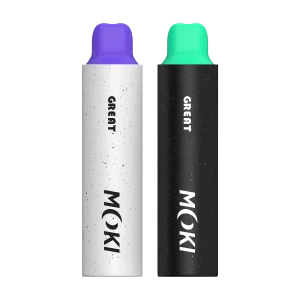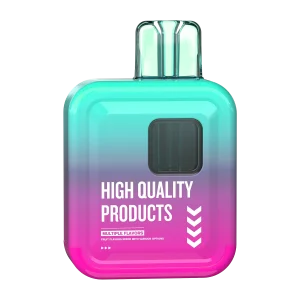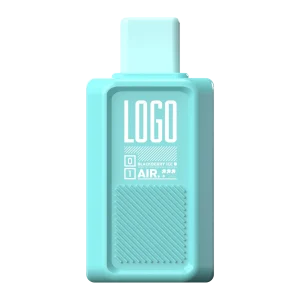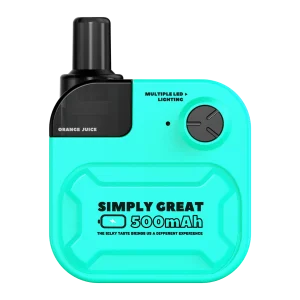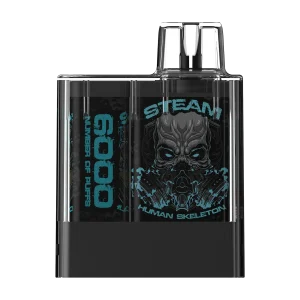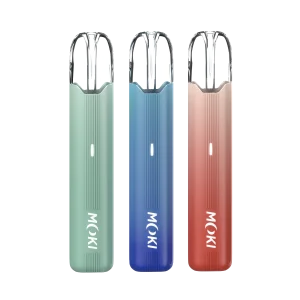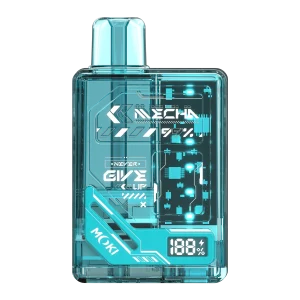Rise of Vaping Market: A Global Trend: Vaping has surged in popularity, and it’s not just a trend; it’s a global phenomenon. According to the World Health Organization, while the number of smokers has slightly decreased to over one billion, the vaping community has seen a dramatic increase, growing from approximately seven million in 2011 to a staggering 41 million in 2018.
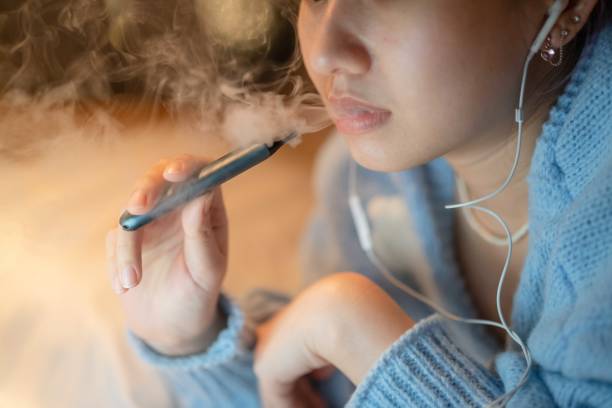
Table of Contents
Market research group Euromonitor projects this figure to soar to nearly 55 million adults by 2021. This shift has not gone unnoticed in terms of spending, with the vape market now valued at a whopping $19.3 billion, up significantly from $6.9 billion just five years prior.
The United States, United Kingdom, and France lead the charge, with vapers in these countries spending over $10 billion on smokeless tobacco and vaping products in 2018 alone.
Regulatory Response: FDA’s Action on Vaping Market
The U.S. Food and Drug Administration (FDA) is taking action in response to health concerns, recently announcing plans to finalize a ban on the sale of all non-tobacco flavors in the world’s largest vaping market, following reports of six deaths and 450 cases of lung illness linked to vaping across 33 U.S. states.
Vape Categories: Open vs. Closed Systems
When it comes to the types of vapes, there are primarily two categories: open and closed system vapes. Open system vapes, also known as open tank vapes, allow users to manually refill the vaporized liquid and have a removable mouthpiece.
Conversely, closed system vapes use pre-made refills that screw directly onto the vape’s battery. This year, it’s estimated that vapers will spend around $10 billion on closed system vapes, surpassing the expenditure on open system vapes for the first time.
Vape Purchase Patterns: In-Store vs. Online
The majority of vapes are purchased in-store, as indicated by a 2016 report by Ernst & Young. Consumers often opt for in-person purchases for their initial vape devices to familiarize themselves with the product or seek advice on the best device for their needs.
The UK has seen a surge in vaping shops, with 69 new stores opening on High Streets in the first half of 2019. However, a survey by Kantar for Ernst & Young revealed that 21% of users have bought their devices online.
E-Liquid Flavors: Variety and Appeal
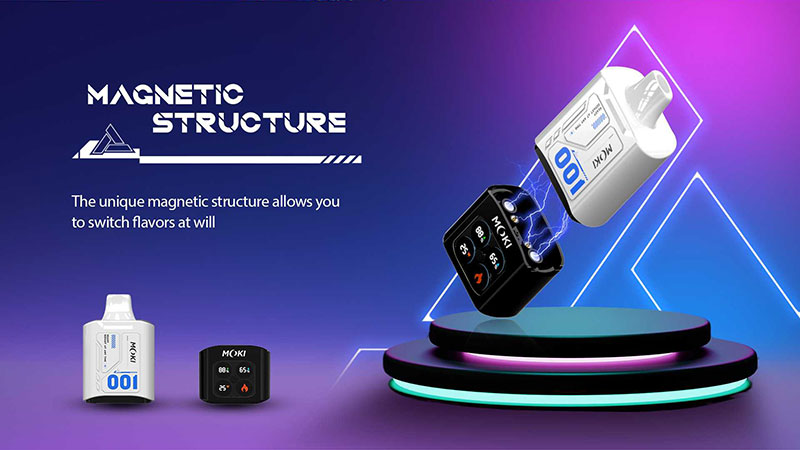
Understanding the e-liquid flavors available is crucial for vapers. The market offers a variety of flavors, including Tobacco, Imitation of tobacco such as Cigar and Composite of Tobacco, which enrich the layered sense of tobacco flavor.
The taste released by the interaction of various fragrances is rich and enjoyable, providing a ‘warm’ cigarette flavor. Fruit flavors of vaping devices are the most popular and diverse, with options like Apple, Mango, Lemon, Watermelon, Grape, and BlueBerry, each offering different flavor profiles based on the fruit’s texture at various ripening stages.
Plant flavors, made from natural herbs and extracted using modern, high-standard technology, are also gaining popularity. Lastly, Mint/Vanilla and Drink flavors, such as Coffee, Coca, Tea, and Wine, are common choices among vapers.
Vaping’s Cultural Impact: Beyond a Fad
The vaping industry’s growth is a testament to its appeal to both former smokers seeking alternatives and new vapers exploring the variety of flavors and devices available. With the market’s expansion and the increasing number of vapers, it’s clear that vaping market is more than just a passing fad—it’s a cultural shift with a significant impact on global markets and public health conversations.
